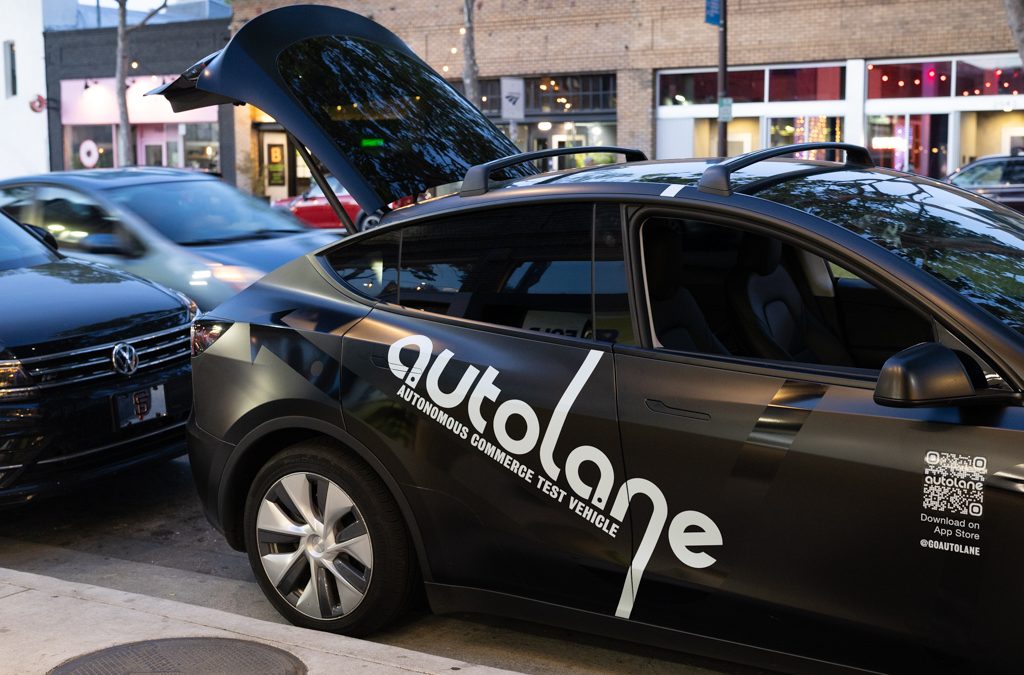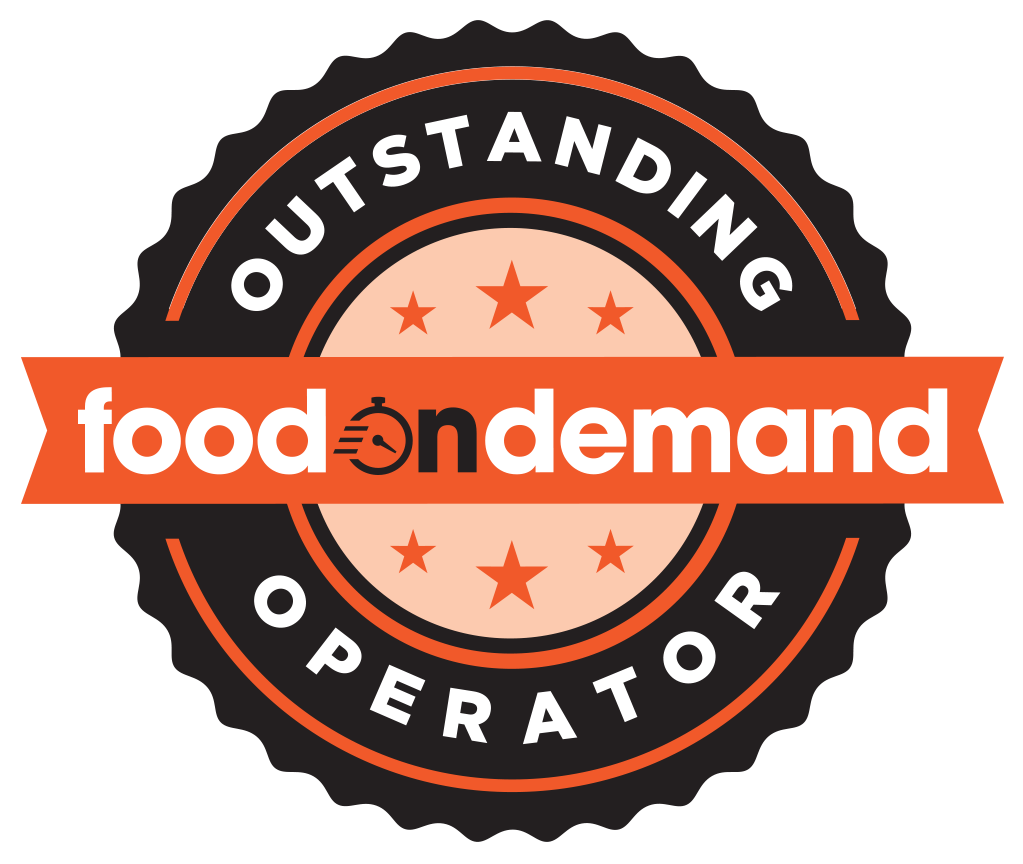If the future of QSR-food delivery is parking lots designed for the movement of autonomous vehicles, operators are going to need a tech provider to orchestrate things. Autolane is carving out this space with the launch of OpenCurb OS, a curbwide operating system that manages autonomous vehicle arrivals for high-volume QSRs.
The first full-scale, end-to-end test site of OpenCurb is now live in the San Francisco Bay Area. The company is also pointing toward Austin as another pivotal testing ground for the technology.

Ben Seidl, co-founder and CEO of Autolane
“Austin is where we think the base of autonomy activity is going to be this year,” said Ben Seidl, co-founder and CEO of Autolane, in an interview. “We’ve got a city manager out there who’s running our beta testing and operations, and we’ve got a similar person in the Bay Area.”
The Bay Area makes sense as that’s where Autolane is headquartered. Austin is all about Tesla.
“When the robot taxi launches next month, we anticipate that going well enough that they will release unsupervised full-service driving vehicles, geofenced first in the Austin area. When that happens we want to be in the thick of that action and connect those autonomous Teslas to our network,” he said.
Seidl anticipates his network serving many restaurant brands and retail property owners in the future. The company is still securing agreements with partners, which he can’t make public yet. But what he can share are some of the results from the beta tests.
“In one test we’ve reduced curbside pickup time from two minutes to one minute,” he said. “The coordination aspect of our service is where brands will see savings: in money, labor, and improved customer satisfaction.”
Seidl sees Autolane’s role as an air-traffic operator. Seidl lays out a scenario for how his platform will engage with QSRs.
“Say a QSR dedicates three parking spaces for autonomous pick-ups. We set up our camera hardware, which monitors the spaces, and we white-list license plates that are allowed and are routed to our system. Then we partner with Waymo and DoorDash and Uber Eats and Instacart and Lyft and whomever else, so that when any of those platforms need to send a vehicle, either for delivery or pickup, they will be routed with code to our spaces. The QSR gives us that authority — the API permission — and we coordinate all the incoming cars. If Waymo pings us and say, Hey, we’re coming to the restaurant for DoorDash, we say great. We ask: what’s your ETA? It says seven minutes. We reserve a space. Here are the GPS coordinates. When it arrives we check that car in with the license plate. We’ll tell the QSR the car has arrived so it and DoorDash can talk about the order matching. We don’t want to be involved in the commerce. We’re just the air-traffic controller. Then the QSR comes out with the order. We ask Waymo to pop the trunk. The QSR puts the order in. Then DoorDash sends that Waymo to the customer’s house.”
The process is slick and may be essential if a QSR wants to avoid the fate of those harried employees at the Chick-fil-A where the Waymo got stuck in a drive-thru, closing down the restaurant for four hours.
Seidl poses a stressful prospect. “What if autonomous vehicles 5x and 10x in volume? What if this type of situation starts to happen at three restaurants a night, seven restaurants a night? You quickly get to point where this is a catastrophic logistics issue,” he said.
The Chick-fil-A crisis provided Seidl’s elevator pitch about why Autolane is needed. Seidl keeps fine-tuning it.
“What if you were to ask a consumer, do you want delivery for $3 and no tip in 20 minutes or do you want delivery for $16 with tip in 42 minutes. That’s not a tough choice,” he said. “Autonomy will be both cheaper and faster for consumers.”
Seidl understands that this all may take years to execute. Yet there are sings adoption is coming.
San Francisco is a region that has taken to Waymo ride-hailing vehicles. The company currently holds 26 percent of the market share of all ride-hailing in the city.
Seidl expects autonomous vehicles to become more popular in the next couple years, primarily in warm-weather cities, where cars run less risk of accidents. But he sees a future where even chilly cities will get with the autonomous-vehicle program.
“It won’t be long before the vehicles are everywhere,” he said. “I would say five to 10 years.”


